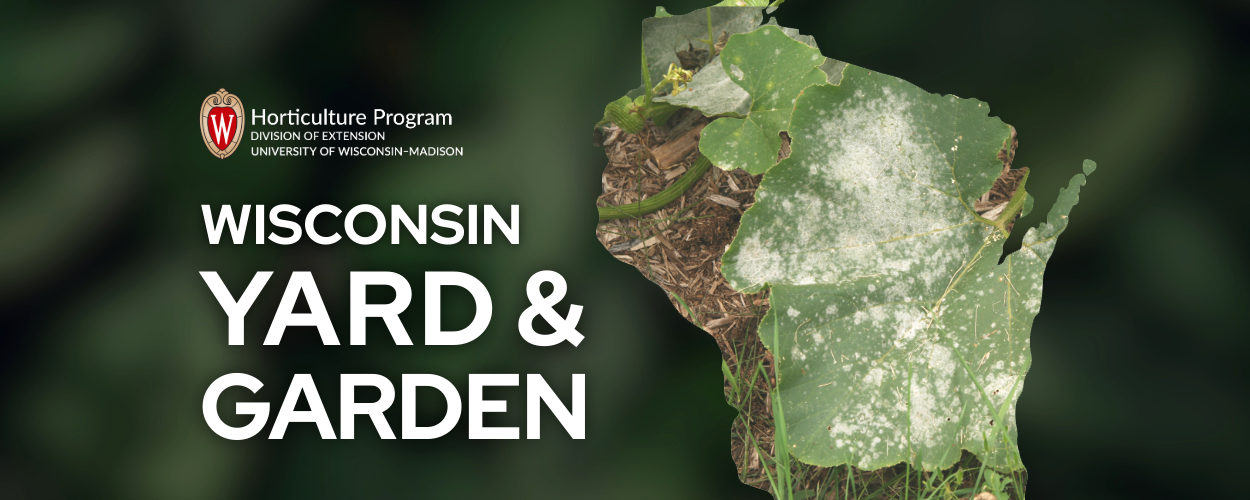
With the growing season ending, focus turns to preparing yards and gardens for winter. Gardeners can also get a head start on managing plant diseases for 2026, however, by taking some timely action this fall.
For example, one of the fundamentals of reducing many vegetable crop diseases is rotating crops. Certain diseases, in particular serious soil borne fungi such as fusarium and verticillium wilt, can build up in the soil by repeatedly planning susceptible crops in the same garden location. Tomatoes are the best example where crop rotation is key to reducing the threat of both diseases in the future.
In rotating crops, remember it is not just the specific vegetable, but the family each belongs to. Vegetables in the same family may share susceptibility to the same diseases. Tomatoes, peppers, eggplant, and potatoes are all solanaceous crops, so rotating from tomato to peppers in 2026 would not really be rotating crops, as they are closely related. Cucurbits, including squash, cucumbers, melons, and pumpkins, are another major family. Likewise, the cole crops include cabbage, broccoli, cauliflower, and kale.
Make a sketch of your garden and mark specifically what was grown where in 2025. As you plan for 2026, rotate all crops accordingly. While you are at it, make notes of disease problems that occurred in 2025, and what cultivars were grown. Evaluate all results and start thinking of cultivar changes necessary for 2026. Conversely, those cultivars that did exceptionally well should be planted again in 2026. The more you write down now the better when the 2026 gardening season arrives!
Sanitation is another key factor in preventing disease development in all garden plantings. Clean up and discard plants known to have serious disease issues in 2025. For many perennial flowers, it is beneficial to allow the dried foliage to remain over the winter. Crowns are protected from winter cold, more insulating snow may accumulate around them, and the standing plant parts provide winter interest and even seeds for wildlife. However, species such as peonies are prone to leaf disease that can persist in plant residues, so ideally remove all foliage from them this fall.
Finally, another significant factor in preventing diseases in 2026 is having well-drained, fertile soil for all plants to grow and resist problems. Fall is an excellent time to add compost and other organic materials to improve soils of all types, from heavy clay to very sandy and everything in-between. Proper balance of soil water and oxygen translates to healthy roots and, conversely, a poor environment for many disease pathogens to thrive. Also consider replacing soil found in raised beds and containers.

About the Author
Bruce Spangenberg is a Horticulture Outreach Specialist with UW-Madison Division of Extension. Get answers to your lawn, landscape and garden questions anytime at “Ask Your Gardening Question.”




